Plaques en carbure Les matrices sont les héros méconnus de la fabrication moderne. Leur résistance, leur durabilité et leur précision inégalées les rendent indispensables dans les industries où l'outillage de précision est crucial. Si vous êtes curieux de savoir ce qui rend les plaques en carbure si essentielles ou si vous recherchez les meilleures options pour vos besoins, vous êtes au bon endroit. Plongez dans ce guide complet qui regorge d'informations, de comparaisons et de conseils d'experts.
Qu'est-ce qu'une plaque en carbure pour les matrices ?
Les plaques de carbure pour matrices sont des matériaux plats et rectangulaires constitués de poudre de carbure de tungstène mélangée à un liant, souvent du cobalt ou du nickel. Elles sont frittées à des températures et des pressions élevées pour obtenir un matériau exceptionnellement dur et résistant à l'usure. En d'autres termes, ces plaques sont conçues pour supporter des contraintes, une chaleur et une usure extrêmes, ce qui les rend parfaites pour façonner ou découper d'autres matériaux dans les processus de fabrication de matrices.
Les plaques de carbure sont le "blindage" des matrices. Les matrices en acier ordinaire s'usent rapidement lorsqu'elles coupent des matériaux durs, mais la ténacité exceptionnelle du carbure garantit une plus longue durée de vie de l'outil et de meilleures performances. Avec des applications allant de l'emboutissage à l'extrusion, les plaques en carbure ont révolutionné les industries du monde entier.
Principales caractéristiques des plaques en carbure
- Dureté : Le carbure de tungstène n'est surpassé que par le diamant en termes de dureté.
- Résistance à l'usure : La résistance aux conditions abrasives leur confère une plus grande longévité.
- Stabilité thermique : Conserve son intégrité sous une chaleur extrême.
- Résistance à la corrosion : Idéal pour une utilisation dans des environnements exigeants.
- Précision : Permet de réaliser des coupes nettes et précises de manière constante.

Principales industries utilisatrices Plaques de carbure pour les matrices
Les plaques de carbure jouent un rôle essentiel dans plusieurs industries. Voyons comment différents secteurs tirent parti de leurs propriétés uniques.
1. L'industrie automobile
Dans le monde de l'automobile, la précision est essentielle. Les plaques de carbure sont utilisées pour l'emboutissage et le découpage de composants tels que les engrenages, les pièces de châssis et les composants de moteur. Leur durabilité garantit des temps d'arrêt minimaux et une qualité constante.
2. Secteur aérospatial
Pour les constructeurs aéronautiques, les plaques de carbure sont essentielles à la fabrication de pièces légères et durables. Elles sont essentielles pour couper des alliages exotiques comme le titane et l'Inconel.
3. Fabrication de produits électroniques
Les minuscules composants électroniques exigent un usinage de précision. Les plaques de carbure permettent de créer des formes et des motifs complexes sur les cartes de circuits imprimés et d'autres pièces électroniques.
4. Industrie de l'outillage
Cette industrie fait largement appel aux plaques de carbure pour créer des moules et des matrices destinés à façonner des matériaux tels que les plastiques, les métaux et les composites.
5. Pétrole et gaz
Résistant aux conditions difficiles des opérations de forage, les plaques de carbure sont utilisées dans les outils qui nécessitent une dureté et une résistance à l'usure extrêmes.
5 avantages clés des plaques en carbure pour les applications de découpage
| Avantage | Description |
|---|---|
| Durabilité exceptionnelle | Résiste à l'usure, ce qui réduit la fréquence de remplacement. |
| Performance de précision | Garantir une qualité constante pour les applications à fort enjeu. |
| Rentabilité | Une durée de vie plus longue se traduit par des coûts à long terme moins élevés. |
| Résistance à la chaleur | Idéal pour les applications à haute température comme le formage des métaux. |
| Polyvalence | Convient à une large gamme de matériaux et d'industries. |
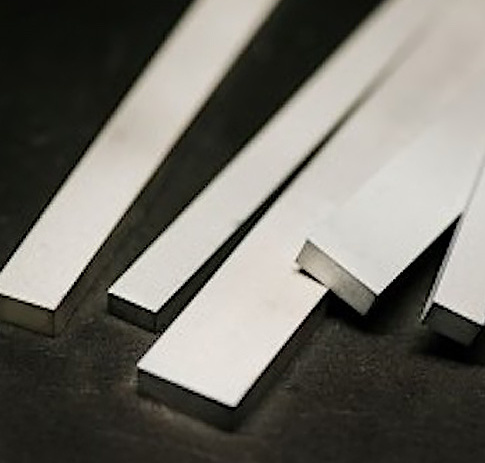
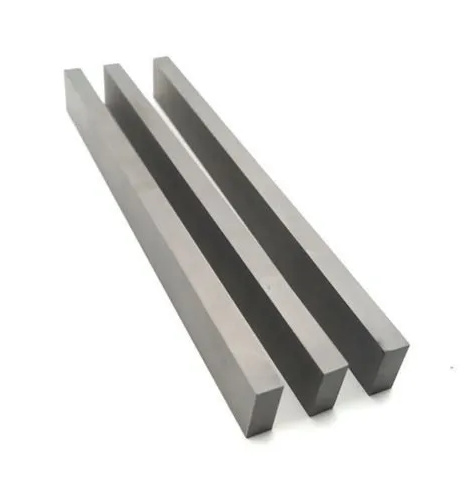
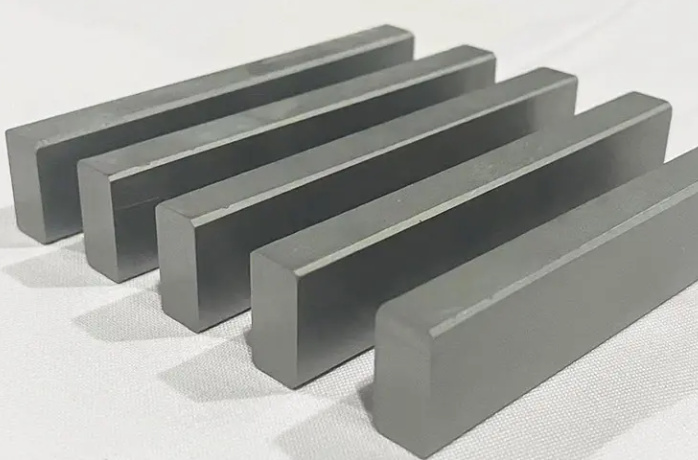
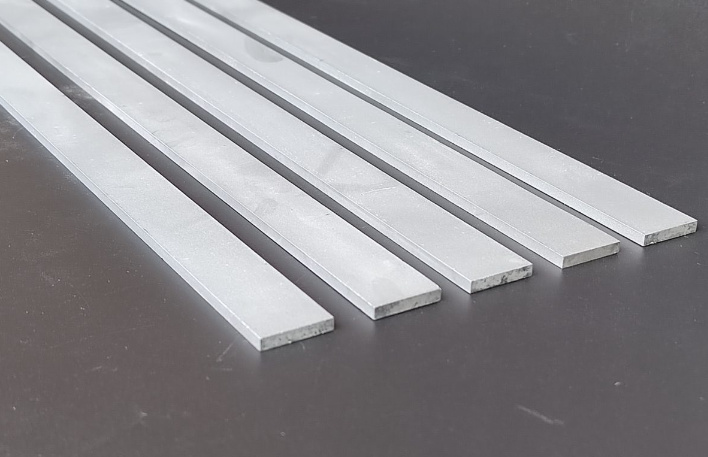
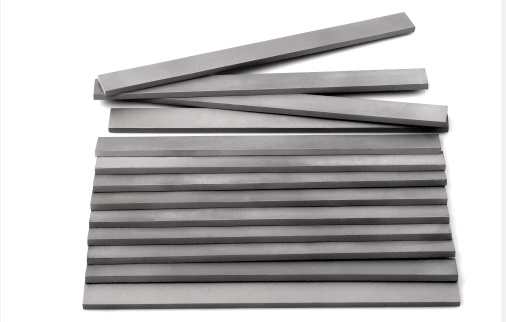
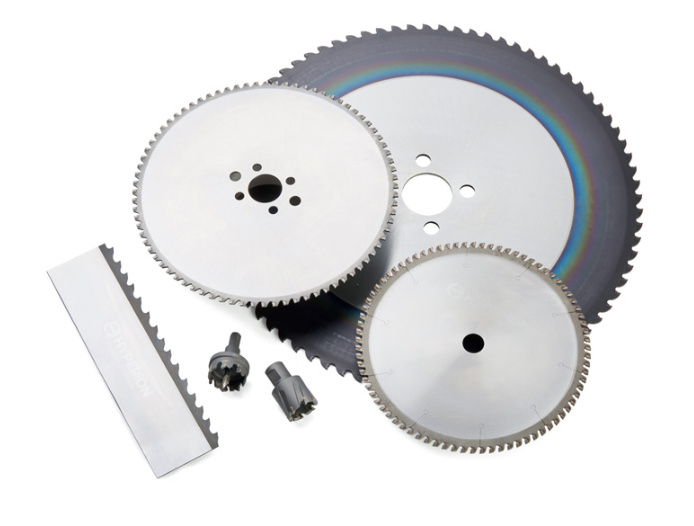
Comment choisir le meilleur Plaque de carbure pour vos besoins en matrices
Choisir la bonne plaque de carbure ne consiste pas seulement à prendre la première que l'on voit. Il s'agit de comprendre vos besoins spécifiques et de les associer au matériau adéquat. Voici quelques éléments clés à prendre en compte :
1. Composition des matériaux
Les plaques de carbure existent en différentes qualités, en fonction de la teneur en carbure de tungstène et du matériau de liaison. Pour une précision et une résistance à l'usure élevées, il convient de choisir des plaques à forte teneur en carbure de tungstène (90% ou plus).
2. Exigences en matière de candidature
Vous coupez, emboutissez ou extrudez ? Les différents procédés exigent des qualités différentes. Pour les applications à fort impact, les plaques à haute ténacité sont essentielles.
3. Épaisseur et taille des plaques
Veillez à ce que les dimensions de la plaque correspondent à votre configuration d'outillage. Les plaques surdimensionnées ou sous-dimensionnées peuvent entraîner des inefficacités ou des dommages à l'équipement.
4. Finition de la surface
Les plaques avec une finition polie réduisent le frottement et améliorent les performances, en particulier dans les applications de précision.
5. Budget et performance
Les plaques en carbure représentent un investissement, mais leur durabilité justifie souvent le coût initial. Comparez les avantages à long terme aux dépenses initiales.
L'avenir des plaques en carbure pour les matrices
Grâce aux progrès technologiques, les plaques de carbure ne cessent de s'améliorer. Les nouvelles techniques de fabrication, comme la fabrication additive et les carbures nanostructurés, améliorent leurs propriétés.
- Résistance accrue à l'usure : La nanotechnologie permet de produire des plaques de carbure d'une dureté et d'une résistance à l'usure encore plus grandes.
- Pratiques durables : Les efforts de recyclage du carbure de tungstène se multiplient, réduisant ainsi l'empreinte écologique.
- Solutions personnalisées : L'usinage CNC avancé permet aux fabricants de créer des plaques de carbure adaptées à des exigences spécifiques.
Au cours de la prochaine décennie, il faut s'attendre à ce que les plaques en carbure dominent encore plus d'industries, car la fabrication de précision devient de plus en plus importante.
Comparaison des avantages et des limites de Plaques de carbure pour les matrices
| Aspect | Avantages | Limites |
|---|---|---|
| Dureté | Extrêmement dur, il résiste à l'usure et à la déformation. | Peut être fragile en cas d'impact extrême. |
| Coût | Réduction des coûts à long terme grâce à la durabilité. | Coût initial plus élevé que celui des alternatives en acier. |
| Stabilité thermique | Bonne performance à haute température. | Nécessite un équipement spécialisé pour l'usinage. |
| Résistance à la corrosion | Excellente dans les environnements difficiles. | Peut nécessiter des revêtements protecteurs dans des conditions extrêmes. |
| Personnalisation | Disponibles en différentes qualités et tailles. | Flexibilité limitée par rapport aux matériaux plus souples. |
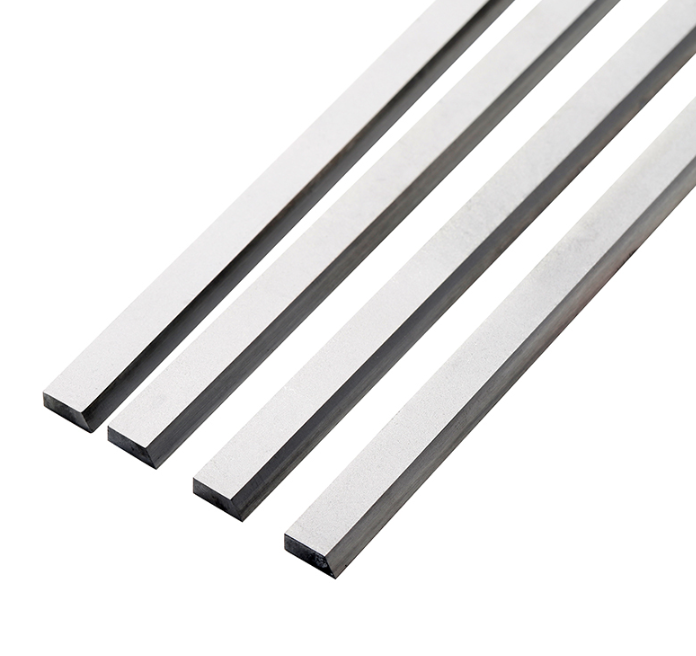
FAQ
| Question | Réponse |
|---|---|
| Quelle est la durée de vie d'une plaque de carbure ? | En fonction de l'utilisation, elle peut durer 5 à 10 fois plus longtemps que les plaques d'acier. |
| Les plaques de carbure sont-elles recyclables ? | Oui, le carbure de tungstène peut être recyclé et réutilisé dans de nouveaux produits. |
| Comment entretenir les plaques en carbure ? | Un nettoyage régulier et l'absence de chocs extrêmes peuvent prolonger leur durée de vie. |
| Les plaques en carbure peuvent-elles être utilisées pour tous les matériaux ? | Oui, mais la qualité doit correspondre au matériau traité. |
| Quelle est la différence entre le carbure de tungstène et l'acier ? | Le carbure de tungstène est nettement plus dur et plus résistant à l'usure. |



